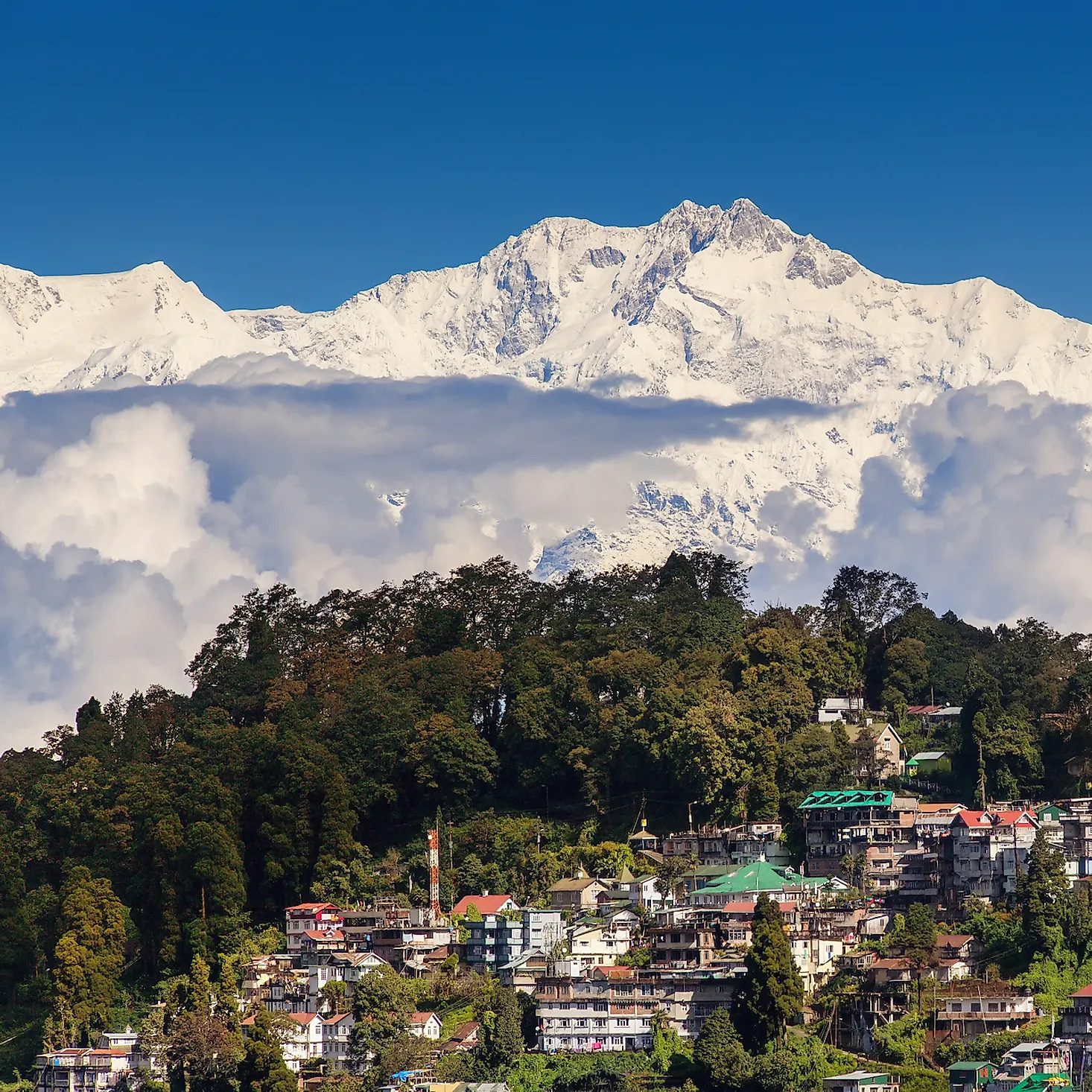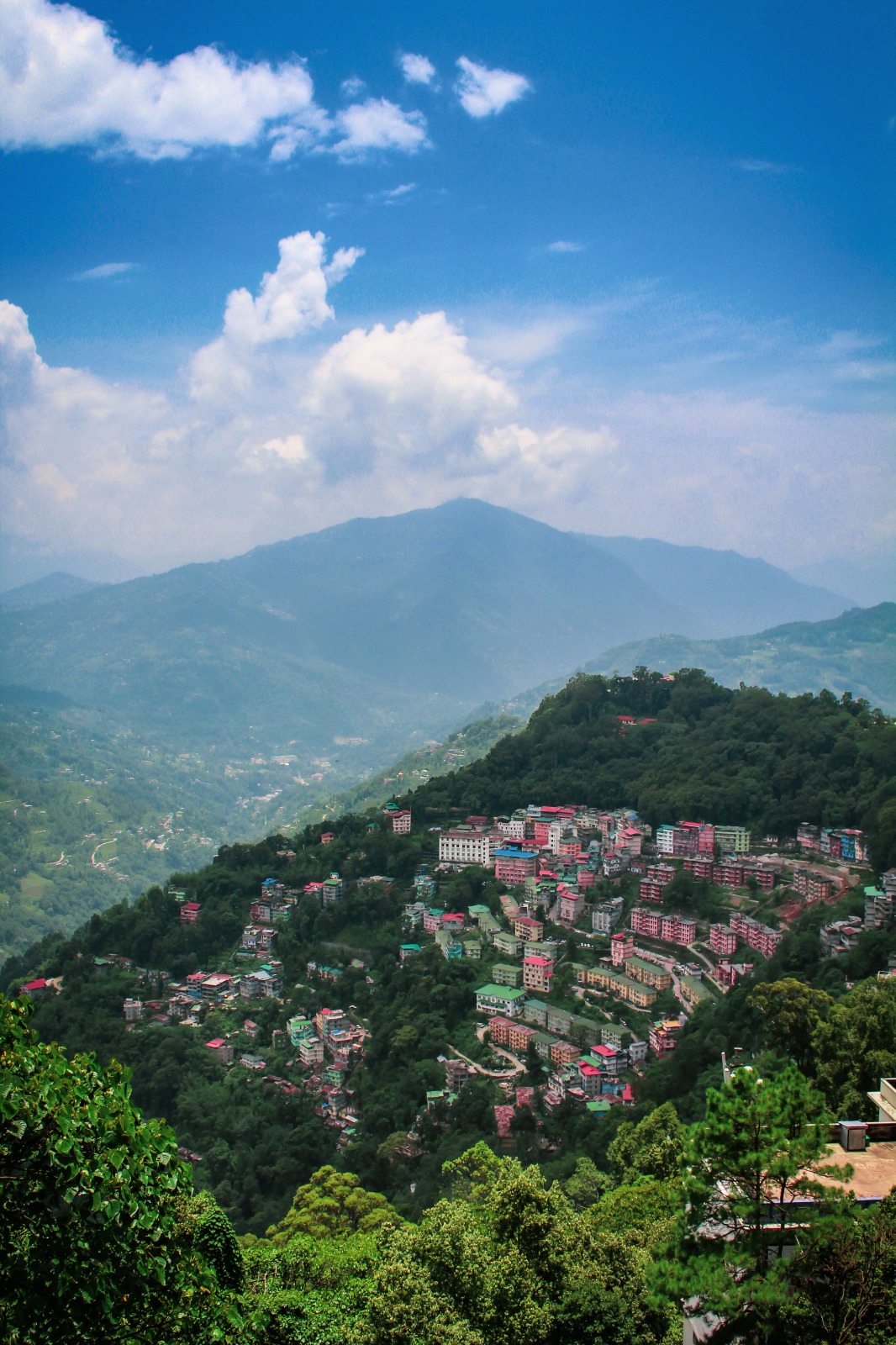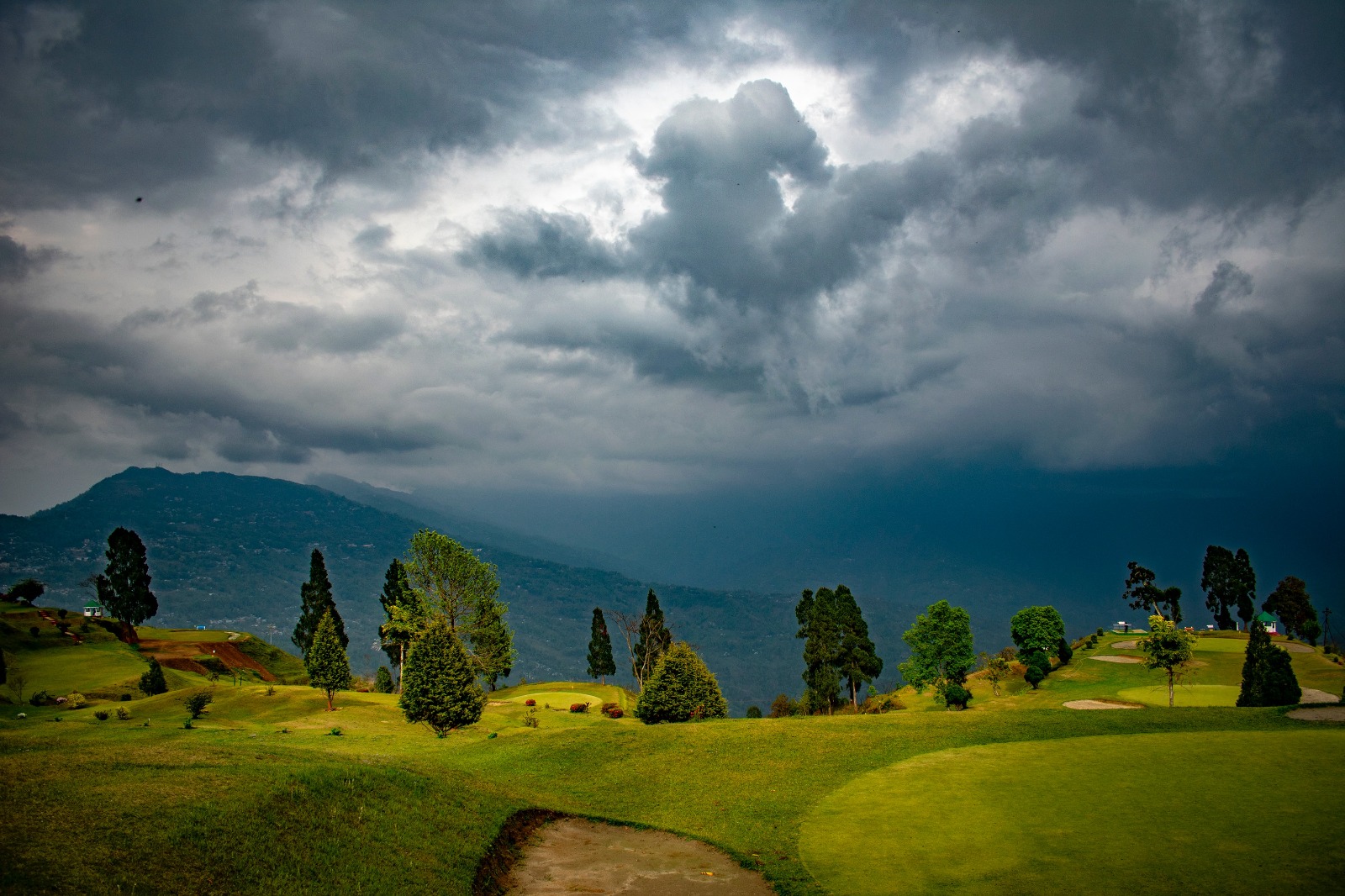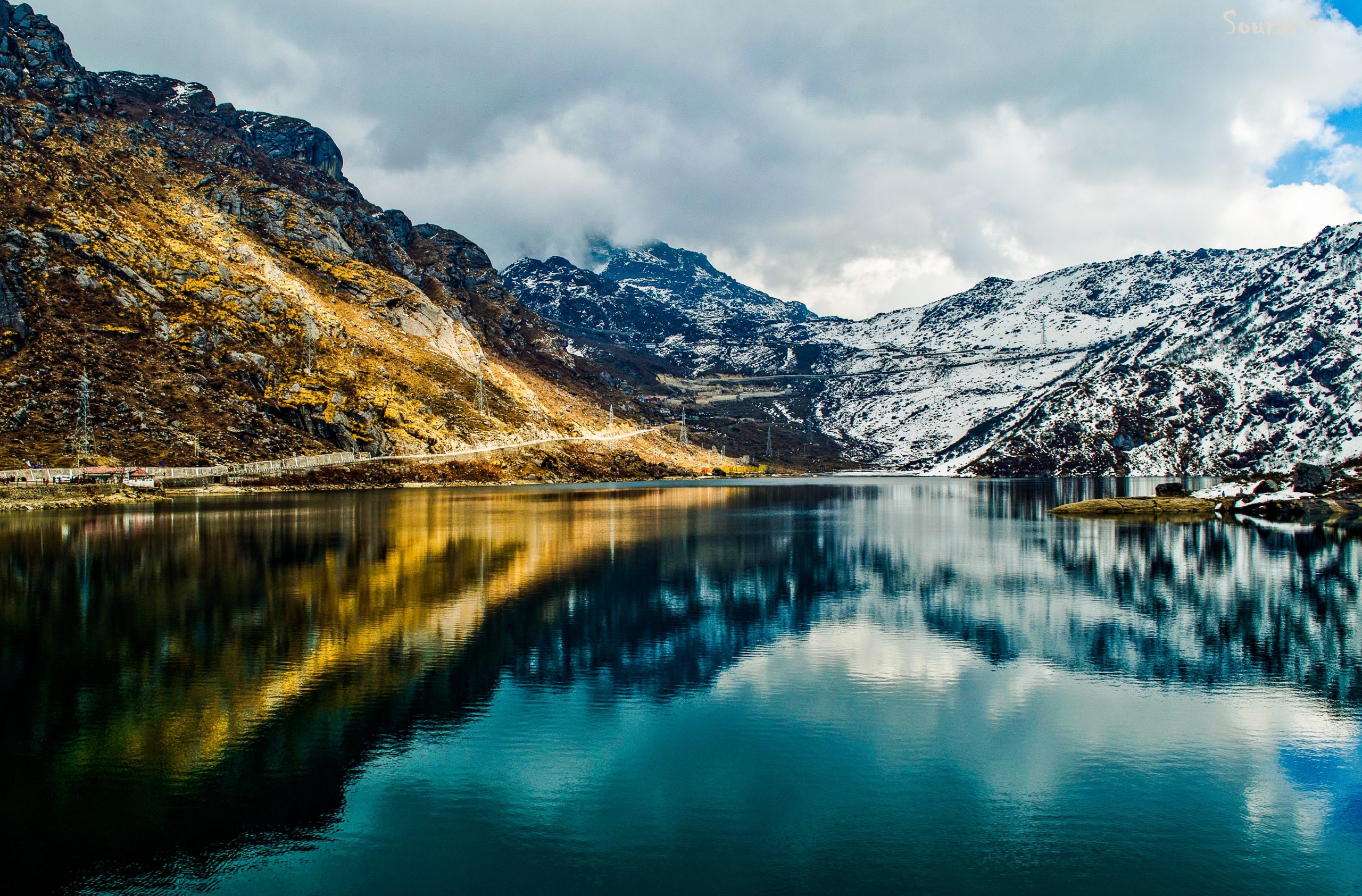Kohima, the capital city of Nagaland, is a captivating destination that transcends the conventional and offers a unique blend of history, cultural richness, and natural beauty. Nestled in the northeastern part of India, Kohima stands as a testament to the resilience of its people and the amalgamation of tradition with modernity.
Historical Significance
Kohima gained global recognition during World War II due to the Battle of Kohima (1944), which is often referred to as the "Stalingrad of the East." The Kohima War Cemetery, maintained by the Commonwealth War Graves Commission, serves as a solemn reminder of the sacrifices made during this pivotal battle. The cemetery is a poignant place of remembrance for those who lost their lives in the conflict.
Cultural Diversity
Home to various Naga tribes, Kohima is a melting pot of cultures. The Naga Heritage Village, located near the city, provides a glimpse into the diverse traditions, customs, and lifestyles of the different Naga tribes. The Hornbill Festival, celebrated annually in December, showcases the vibrant cultural tapestry of Nagaland and draws visitors from around the world.
Kohima's Serene Ambiance
Unlike bustling metropolises, Kohima exudes a serene and laid-back ambiance. The city's undulating landscapes, surrounded by lush hills and verdant valleys, contribute to a tranquil atmosphere. The air is often filled with the melodic tunes of birds and the rustling of leaves, creating a peaceful backdrop for both locals and visitors.
Local Markets and Handicrafts
Kohima's markets, such as the bustling BOC Market and the Super Market, offer a kaleidoscope of local flavors. Visitors can explore the vibrant stalls, where traditional Naga shawls, handicrafts, and indigenous products are showcased. These markets are not just commercial spaces but also cultural hubs that reflect the artistic expressions of the Naga people.
Culinary Delights
The culinary scene in Kohima reflects the diversity of Naga cuisine. From smoked meats and bamboo shoot-infused delicacies to the famous Naga chili, the local gastronomy offers a sensory adventure. Dining in Kohima is not just about food; it's an opportunity to immerse oneself in the local flavors and culinary traditions.
Dzükou Valley Trek
For nature enthusiasts and trekkers, the Dzükou Valley, located near Kohima, is a must-visit destination. Known as the "Valley of Flowers of the East," Dzükou is renowned for its picturesque landscapes, seasonal blooms, and trekking trails that offer breathtaking views of the surrounding hills. The trek to Dzükou is an immersive experience in nature's grandeur.
Community Bonds
Kohima's charm extends beyond its physical beauty; it lies in the warmth of its people. The close-knit community bonds and the friendly demeanor of the locals create a welcoming atmosphere. Visitors often find themselves embraced by the hospitality of the Naga people, making their stay in Kohima a memorable and heartwarming experience.
Quietude Amidst the Hills
Kohima's residential areas are nestled amidst the hills, providing residents with a sense of tranquility. The city's layout is characterized by winding roads, colonial-style houses, and gardens that contribute to its picturesque charm. The hills surrounding Kohima not only offer panoramic views but also a sense of seclusion from the hustle and bustle of urban life.
In essence, Kohima stands as a city where history, culture, and nature converge. Beyond its historical landmarks and natural wonders, Kohima encapsulates the spirit of the Naga people—a spirit that embodies resilience, cultural pride, and a harmonious coexistence with the serene landscapes that surround this unique northeastern gem.




